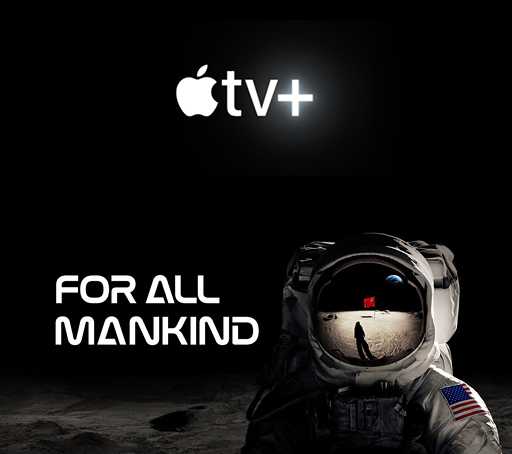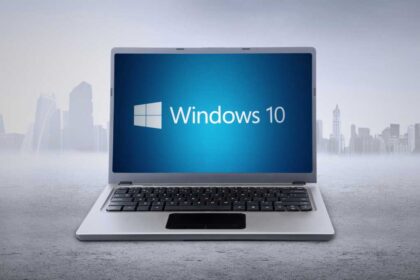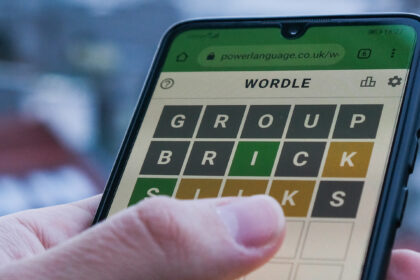A Seattle space startup called Hubble Network is unveiling a system that uses satellites and low-power Bluetooth signals to monitor devices and sensors around the globe.
The system, known as the Hubble BLE Finding Network, can open the way for applications ranging from locating lost pets to monitoring supply chains and watching out for wildfires, Hubble Network CEO and co-founder Alex Haro said.
“Agriculture, oil and gas, mining, defense … There are all these important verticals and industries where there is need for this very battery- and cost-efficient network that can have global accessibility,” Haro told GeekWire.
Hubble’s network could be regarded as a low-cost, low-power GPS alternative for Bluetooth devices.
Over the past decade, consumers have become familiar with finding services such as Apple’s “Find My” app and Google’s “Find My Device.” Before he helped found Hubble Network in 2021, Haro himself had a hand in creating the Life360 finding service, which makes use of Bluetooth trackers known as Tiles. His current venture literally adds another dimension to the concept, by going up to low Earth orbit.
Haro and his fellow co-founders created Hubble Network (which has nothing to do with NASA’s Hubble Space Telescope) to get around the limitations of today’s most commonly used Bluetooth-based tracking devices. The most obvious limitation has to do with range.
“The reason that you and pretty much everyone else thinks about Bluetooth as being so short-range is, that’s really what the Bluetooth protocol was designed for,” Haro said. “It’s meant for high-fidelity audio streaming from your computer to your headphones, and so it’s operating at millions of bits per second.”
Hubble Network’s system turns the dials down on a Bluetooth device’s data transmission rate and energy consumption, using a protocol known as Bluetooth Low Energy, or BLE. The company also developed patented technologies for sending messages across distances ranging as far as hundreds of miles — far enough for the messages to be picked up by phased-array antennas on Hubble Network’s satellites in space.
Haro compared the approach to enunciating a message quietly and carefully, and repeating the message to make sure it’s heard correctly, as opposed to shouting the message as loud as possible. “On top of that, we give your friend hundreds of microphones that are all focusing their spot beams on you,” he said. “That’s what allows it to pick up that directed energy and be able to hear you, even with a lot of other noise happening all around you.”
In collaboration with Spire Global, Hubble Network’s first two satellites were launched last year, and the Bluetooth space connection was successfully tested just weeks after that initial launch. Now the Hubble Network constellation has grown to seven satellites. (The four newest satellites are nicknamed Lilo and Stitch, Scooby and Shaggy.) The company aims to expand its constellation to 60 satellites by 2028.
Hubble Network’s business model calls for adding satellite connectivity to existing tracking applications that are offered by other companies — including Life360, which has more than 80 million monthly active users. The Hubble BLE Network can leverage Life360’s devices as well as millions of other IoT devices that have embedded BLE chips. Anyone who uses such devices to, say, monitor their supply chains or check up on their crops can sign up to join the network.
“With a simple SDK change on our customers’ devices, they can access 100 million gateways, but they also have access to the satellite network,” Haro said.
He emphasized that the IoT data is encrypted end-to-end. “Not even Hubble can tell what our customer’s data is,” Haro said. “It really is owned by our customer. It’s the responsibility of our customer to make sure that these products are being used for proper enterprise use cases and not for any forms of harassment or any other bad actors. We’re basically acting like a carrier for our customer’s devices.”
When Haro talks about customers, he’s talking about companies that are using — or will be using — Hubble’s service to provide low-cost satellite connectivity for their Bluetooth devices. It’s up to those companies to decide how their customers will cover the cost of the service, or how they’ll account for the cost internally.
“We have a number of customers that are currently in the pilot phase and are converting over to contracted customers,” Haro said. “So we will have some hopefully fun announcements over the next few months.”
Four years into its existence, Hubble Network has about 50 employees, including about 35 in Seattle and a “big contingent in the Bay Area,” according to Haro. He said the company has officially brought in $30 million in investment so far, highlighted by a $20 million Series A funding round in 2023.
The months ahead are likely to bring further developments on the business frontier as well as on the final frontier. In more ways than one, when it comes to Hubble Network’s future, watch this space.
Read the full article here










